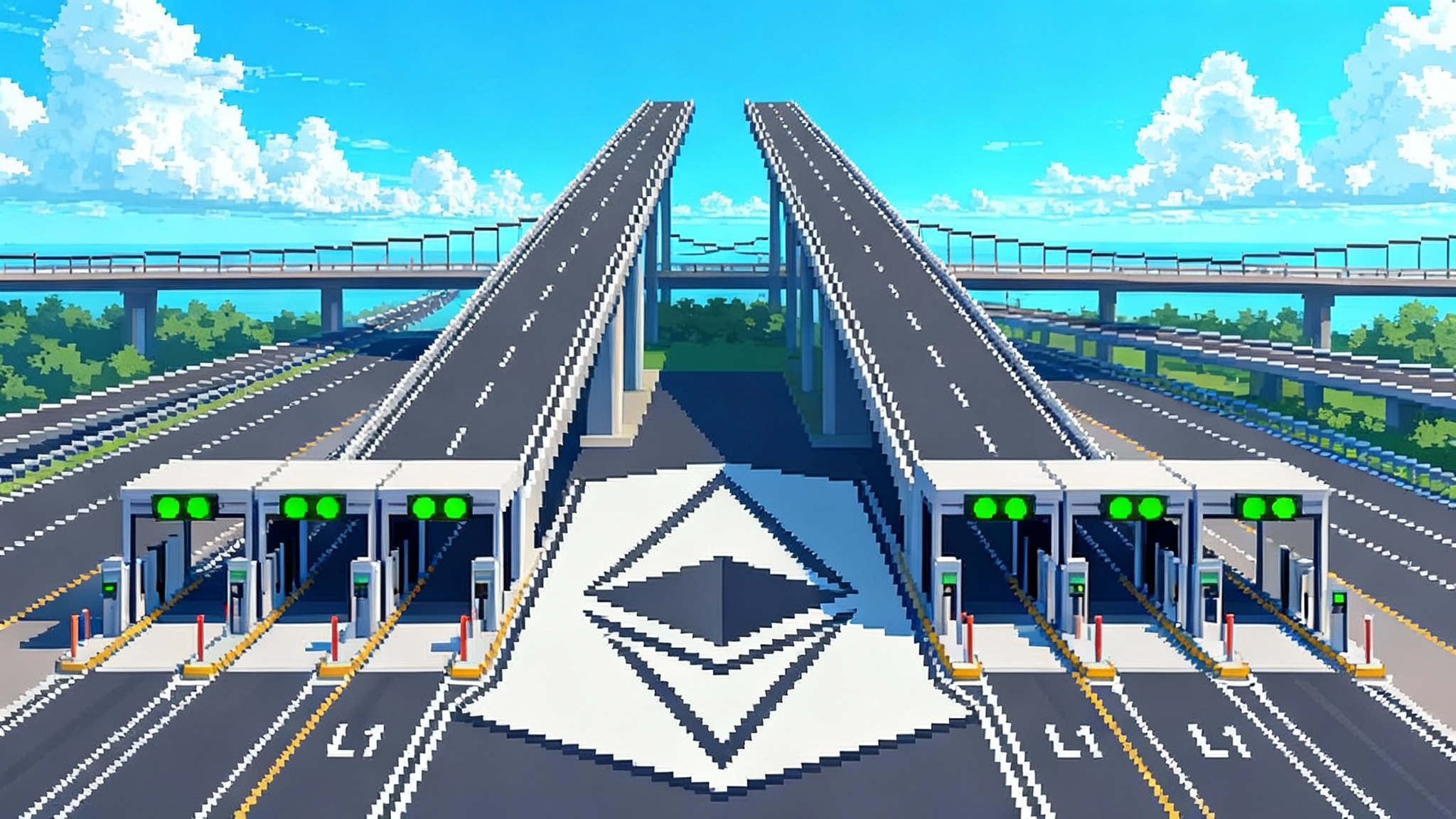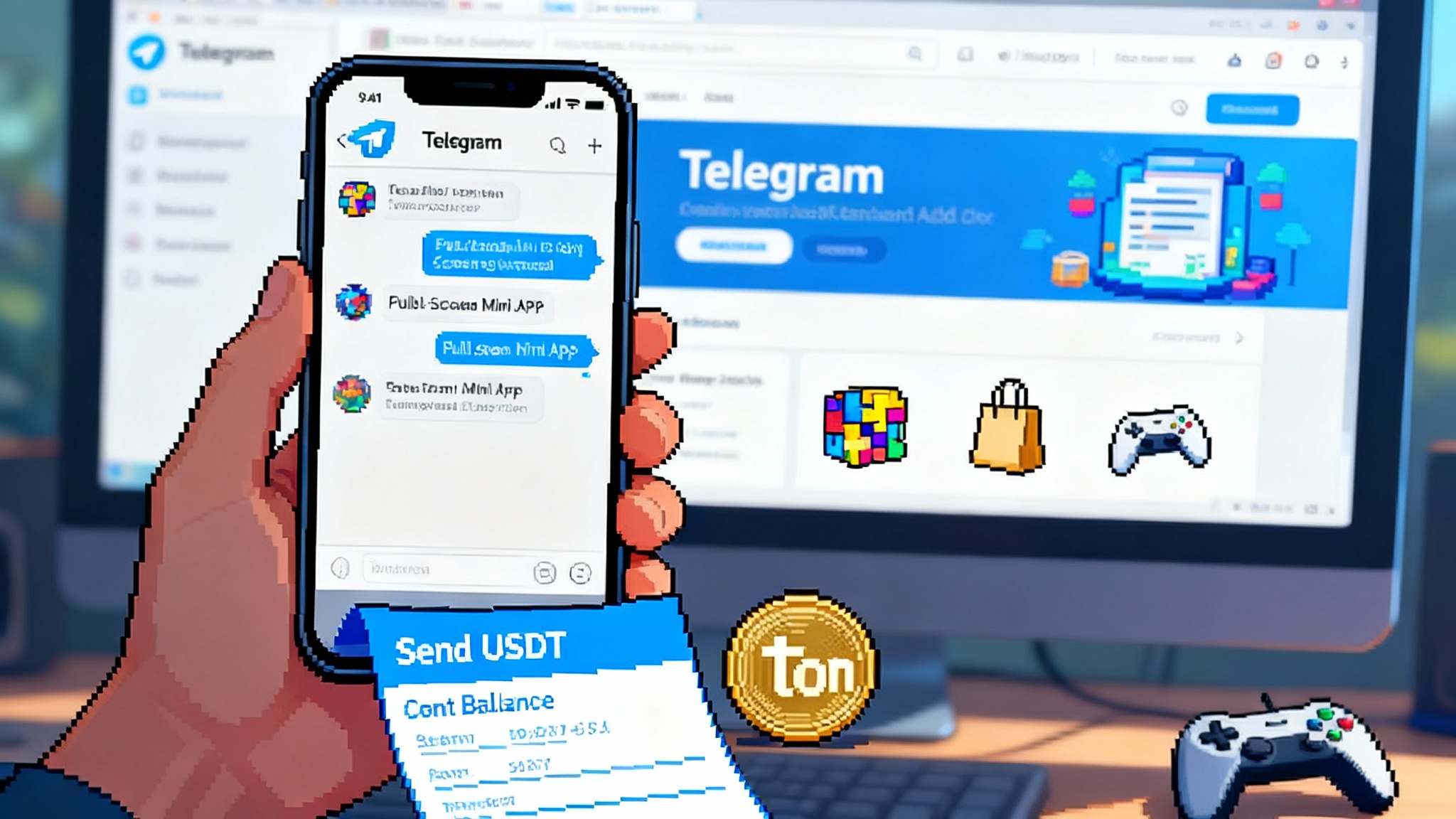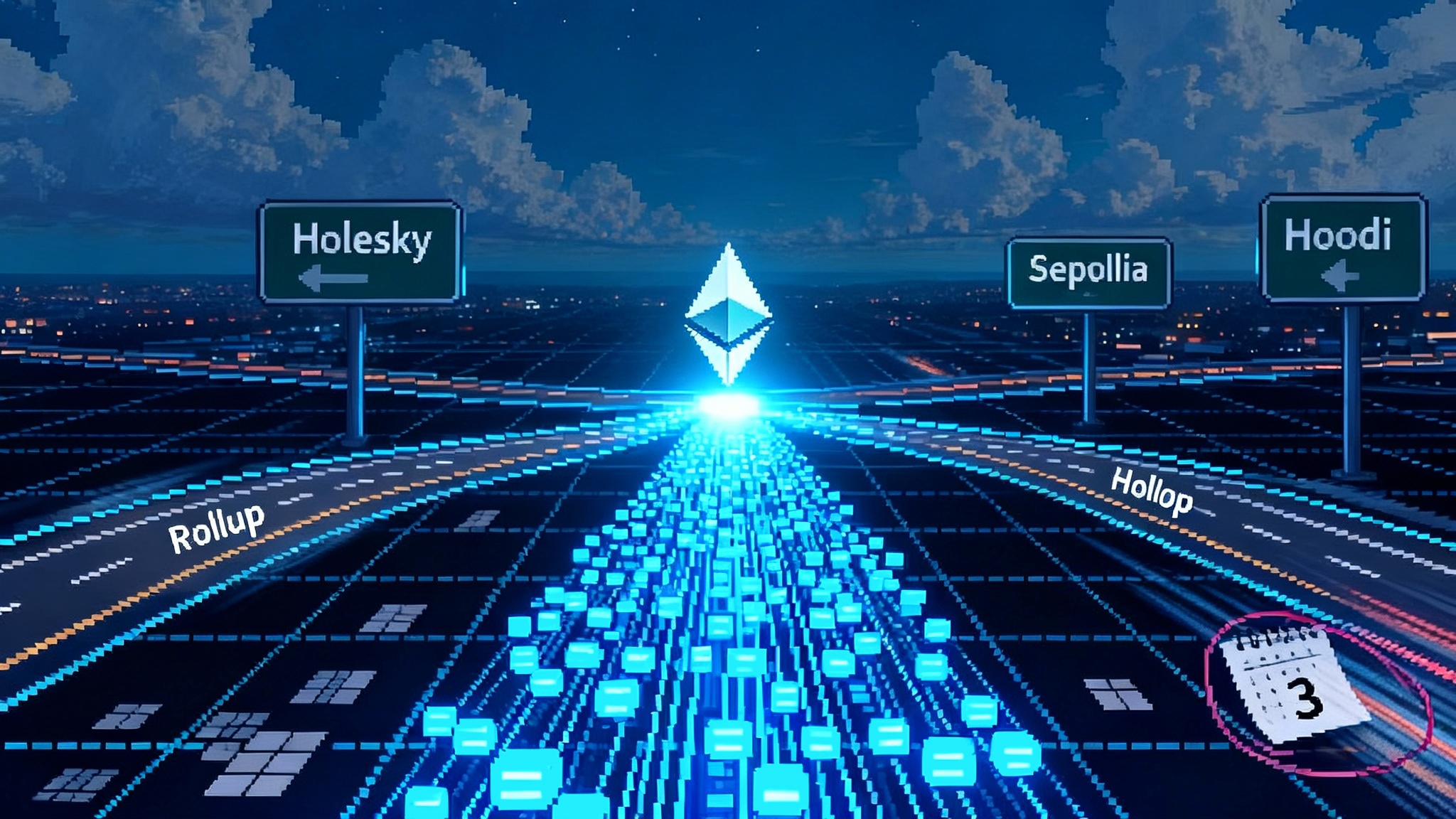Solana ETF Decision Day: The rails that could reshape crypto
The SEC’s new generic listing standards rewired today’s Solana ETF timeline. Here is what approval or denial actually means for capital, staking, liquidity, and what to watch on day one.

The decision day that changed while we watched
The calendar said October 16 was decision day for spot Solana exchange traded funds. The U.S. Securities and Exchange Commission had used its last procedural delay over the summer and the clock was supposed to run out today. Then, in mid September, the agency approved a new framework that lets exchanges list commodity based crypto products under generic standards without a bespoke rule filing. In one stroke, the old countdown lost its meaning and a new one began. You can think of it like an airport that replaced individual gate checks with a trusted traveler lane. If an issuer meets the checklist, it can board.
This shift matters more than it sounds. The SEC’s order lets Cboe BZX, Nasdaq, and NYSE Arca list crypto commodity trusts that meet preset criteria. That removes the slow, case by case approvals that held up products after bitcoin and ether. It also changes what approval looks like for Solana. Instead of an up or down vote on an exchange rule filing, the key trigger becomes the effectiveness of each issuer’s registration statement under the Securities Act. The rule change is public and worth reading at the source. The Commission approved generic listing standards on September 17, 2025, with the order published September 22.
Cboe then withdrew its older Solana filings in late September. That is not a rejection. It is a reset. If an issuer’s prospectus goes effective under the 1933 Act and the exchange confirms the product meets the generic test, the fund can list. That is why today’s decision day is really a preparation day. The next headlines will come from registration declarations, authorized participant agreements, and operational readiness notices. For broader market context on liquidity rails around futures and options, see how CME goes crypto native with SOL.
Two paths from here: Approval vs denial
The new rules change the posture but not the essential fork in the road. Approval still means a live, tradable product. Denial still means more work and a different path in the interim. Here is what each scenario implies, with practical signals to monitor.
If approved: how capital, liquidity, and staking evolve
What approval looks like now
- The SEC declares one or more Solana ETF registration statements effective, likely in the late afternoon. Exchanges post listing notifications, and trading can begin as soon as the next business day. Creation units, market makers, and custodians must already be in place.
- Issuers can use cash creations, in kind creations, or both. Cash creations mean the trust raises dollars and buys SOL through a liquidity provider. In kind means the authorized participant delivers SOL directly to the trust. Issuer filings indicate both models are on the table.
Why brokerage capital can redirect into SOL
- Brokerage accounts cannot hold native SOL. An exchange traded fund on mainstream venues lets wealth platforms allocate with a click. If the products are cash creation only at launch, that new demand translates into steady spot bids from the trust’s liquidity provider as shares are created.
- Expect the first week to look like bitcoin’s January 2024 launch days. The range of inflows will depend on fee levels, marketing reach, and how many platforms switch on day one. The immediate signal is net creations versus redemptions. Growing net creations mean net spot buying pressure.
How liquidity could change on day one
- Primary market liquidity comes from authorized participants. Secondary market liquidity comes from market makers that hedge with spot, futures, or both. With listed Solana futures on a designated contract market for more than six months, basis trades are possible, and spreads should tighten as hedge capacity scales. Our primer on CME’s round the clock access explains why this matters in practice: CME goes crypto native with SOL.
- Watch the bid ask spread of the ETF shares and the premium or discount to net asset value. A spread below 10 basis points with a premium near zero is the tell that the arbitrage mechanism works well.
Staking and validator economics will not be an afterthought
- Some issuers state they may stake a portion of the trust’s SOL if legal and tax risks are resolved. One updated prospectus describes optional staking and names Gemini and Coinbase as SOL custodians, with cash or in kind creations and redemptions supported. Read the details in the VanEck Solana ETF prospectus.
- If a large share of trust assets are staked, two effects follow. First, staking rewards accrue to the trust, which can improve the fund’s tracking versus holding unstaked SOL. Second, validator concentration risk rises if many tokens are delegated through a small set of institutional routes. Signals to watch are the percentage of trust assets staked, the number of validators receiving delegation, and the unbonding period policy in the prospectus. A diversified delegation program lowers tail risk and political attack surface for the network.
- If issuers do not stake at launch, staking annual percentage rates on Solana could tick up marginally due to a higher proportion of circulating SOL remaining unstaked. If issuers do stake later, expect the opposite. Either way, validator fee markets and priority fees can shift as large, predictable flows arrive.
DeFi funding rates and basis spreads could compress
- An ETF is a persistent natural buyer on creations and a seller on redemptions. Market makers hedge those flows in futures and spot. As hedge capacity scales, the spread between futures and spot should narrow, because any large positive basis invites basis trades. Lower basis means lower DeFi funding rates on SOL perps that mirror exchange markets. If you manage DeFi strategies, plan for thinner carry and more emphasis on execution and inventory turns. To adapt product design for changing liquidity, study how Uniswap v4 Hooks are live.
Catalyst for the altcoin ETF domino
- The generic standard includes objective gates. One is that the underlying commodity must either trade on an Intermarket Surveillance Group venue with accessible data sharing or underlie a futures contract listed on a designated contract market for at least six months, with a surveillance sharing agreement. CME Solana futures crossed the six month mark in September. That is why Solana is at the front of the line.
- If Solana lists successfully, the next wave likely follows the futures timeline. XRP futures launched in May, so a qualifying window opens in late November. Assets without regulated U.S. futures will need those venues first. Practically, that means an exchange and index provider pipeline worth tracking, because the ETF rule now expects surveillance arrangements and robust pricing rather than bespoke waivers. For how indices are standardizing crypto market structure, see our look at crypto’s index age with S&P.
If denied: the interim structure and what must change
A denial in the new regime means the SEC did not declare a registration effective. It does not close the generic listing door. It means the filing needs revisions. Here is the likely playbook if we see a no today.
- Futures led exposure continues to be the proxy. Market participants will use CME Solana futures for directional and hedging exposure, and regulated funds can add those positions directly instead of waiting for a spot vehicle. Expect more managed futures strategies and structured notes tied to SOL futures.
- Filings will be amended to address specific gaps. Three areas would top the list. First, surveillance and data integrity, which may require additional detail on how pricing benchmarks exclude outlier venues and how the exchange and issuer access trading data. Second, custody and key management, including warm and cold storage policies, wallet segregation, incident response, and audit attestations. Third, creation and redemption mechanics, where the SEC may push for in kind options or for a more neutral liquidity provider model to reduce potential conflicts.
- The road back is short if issues are narrow. Recent crypto products have seen turnaround times measured in days or weeks after focused amendments. Watch for 8-K style communications, updated S-1 or S-3 filings, and fresh seed creation disclosures. When the agency is comfortable, effectiveness can follow quickly and the exchange can post its notice to trade.
The playbook for watching day one
Traders and builders do not need rumor. You need a checklist. Here are concrete signals, where to see them, and how to interpret them.
- Creation and redemption tape: Track Form 8-K notices, issuer posts, and day one net creations. Sustained net creations over multiple days mean net spot demand. Choppy creations with intraday halts signal operational friction.
- Authorized participants: Look for the list named in the prospectus and any same day additions. A diverse AP club that includes at least two large U.S. broker dealers and two specialized market makers is the best sign that spreads will remain tight.
- Custody model: Identify the primary and backup custodians and the mix of cold, warm, and hot storage. More cold storage lowers hot wallet exposure. Clear processes for unbonding and redelegation lower staking operational risk.
- Pricing benchmark: Confirm the index methodology and its venue selection rules. Indices that require multiple high quality venues, exclude small isolated venues, and publish error handling steps reduce manipulation risk and lower the chance of fair value adjustments.
- Share premium or discount: Watch the intraday deviation from net asset value. A persistent premium suggests constrained creations. A persistent discount suggests constrained redemptions or weak secondary demand. Either case is fixable, but both are early warning signals.
- Onchain signals: Monitor large transfers to custodian addresses, changes in top validator stake rankings, programmatic priority fee trends, and borrow rates in major Solana money markets. These show where the ETF interacts with the network beneath the ticker tape.
Timelines that actually matter now
- September 17 to 22: The SEC approved generic listing standards and published the order. Exchanges aligned their rules and withdrew older, product specific filings.
- Late September to mid October: Issuers filed amended prospectuses. Staff reviews focused on custody, disclosures, and staking language. Effectiveness can be declared any afternoon once the staff is satisfied. Listing can follow the next trading day.
- First two weeks after launch: Expect fee jockeying, seeding disclosures, and creation processes to stabilize. If staking is included, many issuers will likely phase it in rather than begin on day one. That helps limit unbonding surprises and gives validators time to adapt capacity and monitoring.
- Through year end: If Solana products perform and operate cleanly, expect additional altcoin filings to accelerate toward launches that line up with the six month futures seasoning window. The sequence will be set by where regulated futures already trade and by how quickly new contracts list.
What approval would change for the Solana economy
- Validator selection becomes a governance topic, not only a technical one. Large delegation footprints require transparent criteria for validator choice, performance monitoring, and rotation. Expect scorecards, caps per operator, and audits to become standard. Issuers that get this right can reduce centralization risk while supporting network health.
- Solana’s onchain cost of capital could fall. A successful ETF should lower hedging costs for market makers as futures basis compresses, which can translate into tighter pricing in onchain perpetuals and options. That makes it cheaper to bootstrap liquidity and to finance inventory for market neutral strategies.
- Developer demand feels more stable. When capital finds a low friction rail from brokerages into SOL, program fees and state rent have more consistent demand behind them. That lets builders plan gas and liquidity incentives with less volatility. It also creates a larger pool of potential users who have indirect exposure through their portfolios and are more likely to try native apps.
A pragmatic view if we get a denial first
A denial this week would be a pause, not a verdict on the category. The generic standard sets the road and the guardrails. Issuers already know what to fix. The path runs through better surveillance clarity, explicit custody playbooks, and creation processes that welcome more authorized participants. Meanwhile, the futures market will keep maturing, which strengthens the surveillance story and the ability to hedge primary market flows.
How ETF rails can industrialize onchain demand
The biggest change is not the ticker. It is the discipline. ETF rails demand auditable keys, segregated wallets, robust incident plans, real time controls, and fully documented reconciliations. Those same standards will move into the way large stakeholders interact with validators, into how protocols measure and publish liveness and slashing risks, and into how indices treat venue quality. The rails make crypto look more like capital markets, and capital markets learn to speak onchain.
The network benefits from this cross pollination. A validator that can pass an ETF sponsor’s due diligence is better prepared to run mission critical infrastructure for DeFi. A custody process that can scale to billions of dollars can handle protocol treasuries and real world assets. An index methodology built for scrutiny reduces noise and improves price discovery for everyone.
What to do now
- If you trade, build a decision matrix for day one: which issuers, what fees, which creation model, who the APs are, and how much basis you expect to earn after costs. Adjust quickly as spreads and funding rates move.
- If you validate, prepare for institutional delegation. Document monitoring, uptime, client communication, and incident workflows. Publish a clear fee policy. Make sure you can manage unbonding windows without service degradation.
- If you build in DeFi, assume carry compresses. Focus on faster roll mechanics, inventory management, and latency advantages. Consider products that appeal to new holders who arrive through brokerages rather than crypto native flows.
- If you allocate, sequence your exposure. Start with the issuers that have multiple APs, simple creation mechanics, and clear custody. Add selectively to those that implement diversified staking with transparent validator scorecards.
The bottom line
Whether the first Solana ETF prints a tape today or in a few days, the outcome now rides on operational readiness instead of a single up or down vote. That is progress. The rule of the road is clear, the futures market is seasoned, and the filings tell you exactly what to look for. If approval lands, expect spreads to tighten, funding to compress, and onchain demand to get more industrial. If denial comes first, expect targeted edits and a short turnaround. Either way, the rails are laid. The rest is execution.








